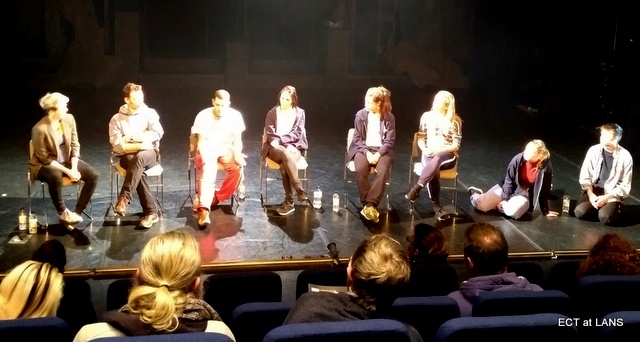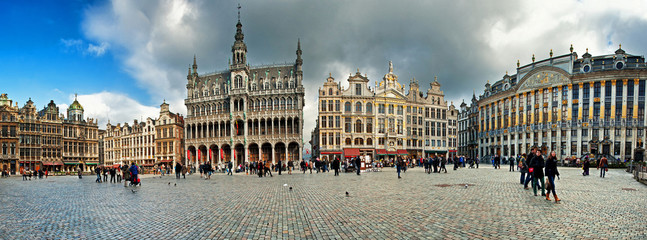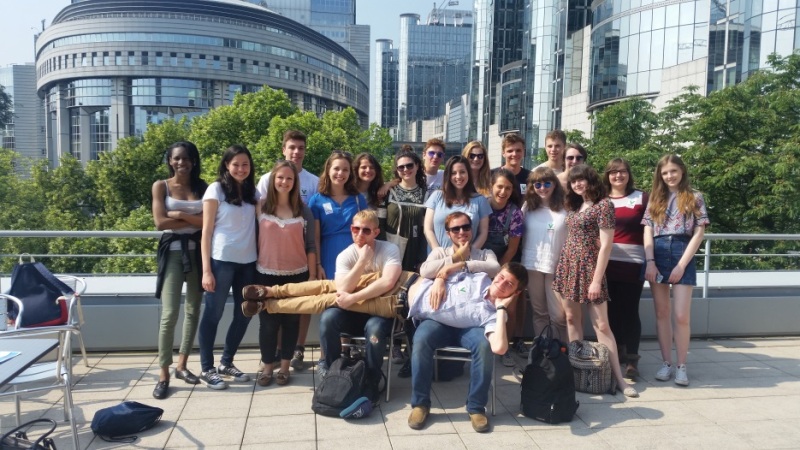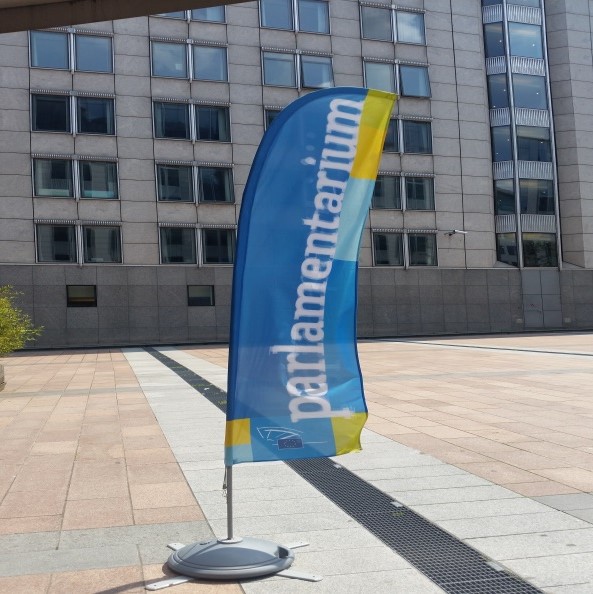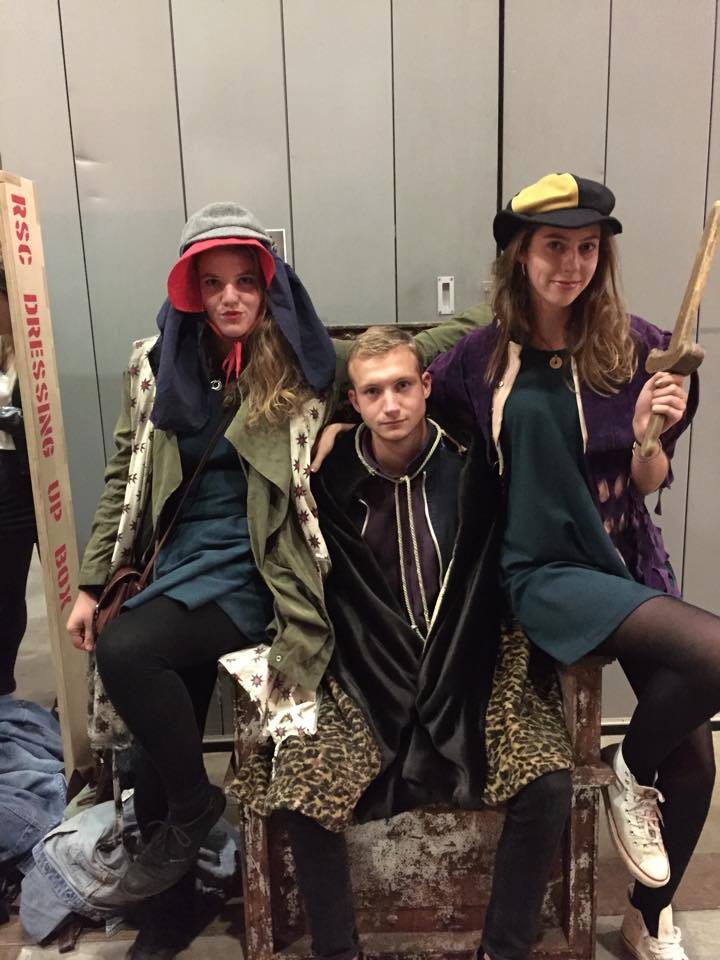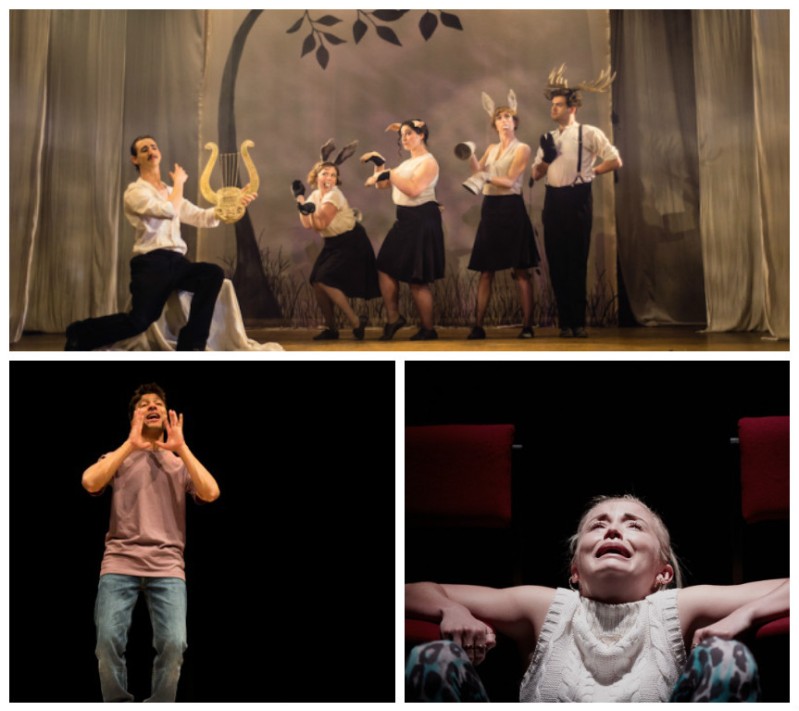March 3, 2018
On the 26th February LANS students went to the Midlands Art Centre to see a cinema screening of Franco Zeffirelli’s production of Puccini’s La Boheme. La Boheme tells the romantic story between a vulnerable seamstress Mimi, played by Sonya Yoncheva, and a romantic poet Rudolpho, played by Michael Fabiano, set in poverty-stricken bohemian Paris. The story is simple, yet powerful, as the doomed romance between the two lovers is played out in 4 Acts.
The first Act begins with a comical exchange between Rudolpho and his best friend Marcello, played by Lucas Meachem, as they joke about the poverty they inhabit. Rudolpho comments on how he is poor yet happy in life and Fabiano delivers this beautifully with his strong tenor voice. This is a theme throughout the opera where characters continuously try to make the best of their situations through humour and friendship. Meachem has a deep, rich voice which throughout the performance captivated audiences. His character Marcello is witty and feisty, and a clever contrast to that of Rudolpho who is more sincere and idealistic about life and love. The two men are joined by their friends Schaunard and Colline and the jovial display of friendship and camaraderie set in a decrepit attic makes this scene even more impactful as it shows that happiness can be made even when living in abject poverty.
The men leave to go to the Latin quarter, but Rudolpho stays behind. This is where he first meets Mimi who comes to ask him to light her candle. The famous arias that follow are Che gelida manina’ (‘Your tiny hand is frozen’) and ‘Sì, mi chiamano Mimì’ (‘Yes, they call me Mimi’) and both beautifully outline how both Rudolpho and Mimi are happy in their humble jobs and lives. Fabiano and Yoncheva delivered these arias beautifully and faultlessly, and this was concluded with the duet ‘O soave fanciulla’ (‘O lovely maid in the moonlight’). What struck me in this scene was the power both singers demonstrated in their voices without the tone being compromised, and this helped to make the scene particularly moving for the audience as the instant love both characters felt for each other was beautifully translated through their voices.
The second Act is set in the Latin quarter and it was interesting that between Acts we were able to see the scene changes behind the curtain. The set design for the second Act was incredibly impressive, filled with great amounts of detail that perfectly imitated the backstreets of bohemian Paris. This scene included many more performers on stage and chorus songs which was very enjoyable to watch, and in this scene we are also first introduced to Musetta, played by Susannah Philips, who is Marcello’s love interest. Philips has a strong voice and she brilliantly portrayed her character Musetta as a feisty and sensual tease who drives Marcello crazy, and the exchanges between Musetta and Marcello bring a comical element to the opera.
The love between Marcello and Musetta is a great contrast to that of Mimi and Rudolpho, and this is cleverly portrayed by Puccini in Act 3. Marcello is outwardly cynical about love, although it is clear that he is infatuated with Musetta, and their constant bickering is a great juxtaposition against the idealistic love between Rudolpho and Mimi. We soon find out, however, that this love is tragically doomed in Act 3 due to Mimi’s illness which we find out is terminal, and Rudolpho and Mimi have a heart wrenching moment where they agree to not be together anymore as neither can bare the pain of Mimi’s illness and potential tragedy it will bring.
The opera reaches its narrative climax in Act 4 when Musetta brings a dying Mimi to Rudolpho’s apartment and in this scene, we see the true nature and kindness of the characters emerge as they do everything they can to help save her. Musetta, who we often saw as being materialistic and selfish, sells her jewellery to buy Mimi a muff for her cold hands and Marcello comments how kind and selfless Musetta is. We see the love between Musetta and Marcello rekindle in this scene as they are tragically brought together over the lost love between Mimi and Rudolpho as Mimi dies in his arms. In this scene there is also Colline’s famous bass aria ‘Vecchia zimarra senti’, known as the coat aria, which is a shy yet powerful tribute to Mimi as Colline talks about pawning his old coat to buy medicine for Mimi, literally selling the clothes on his back to help a friend.
Although the opera has a tragic ending, the last scene demonstrates the kindness and selflessness of characters who, although impoverished, give the little they have in order to try and save Mimi. This is an emotive conclusion to Puccini’s La Boheme which, although has a relatively simple storyline, is filled with beautiful music and powerful themes such as love, kindness and grief.



